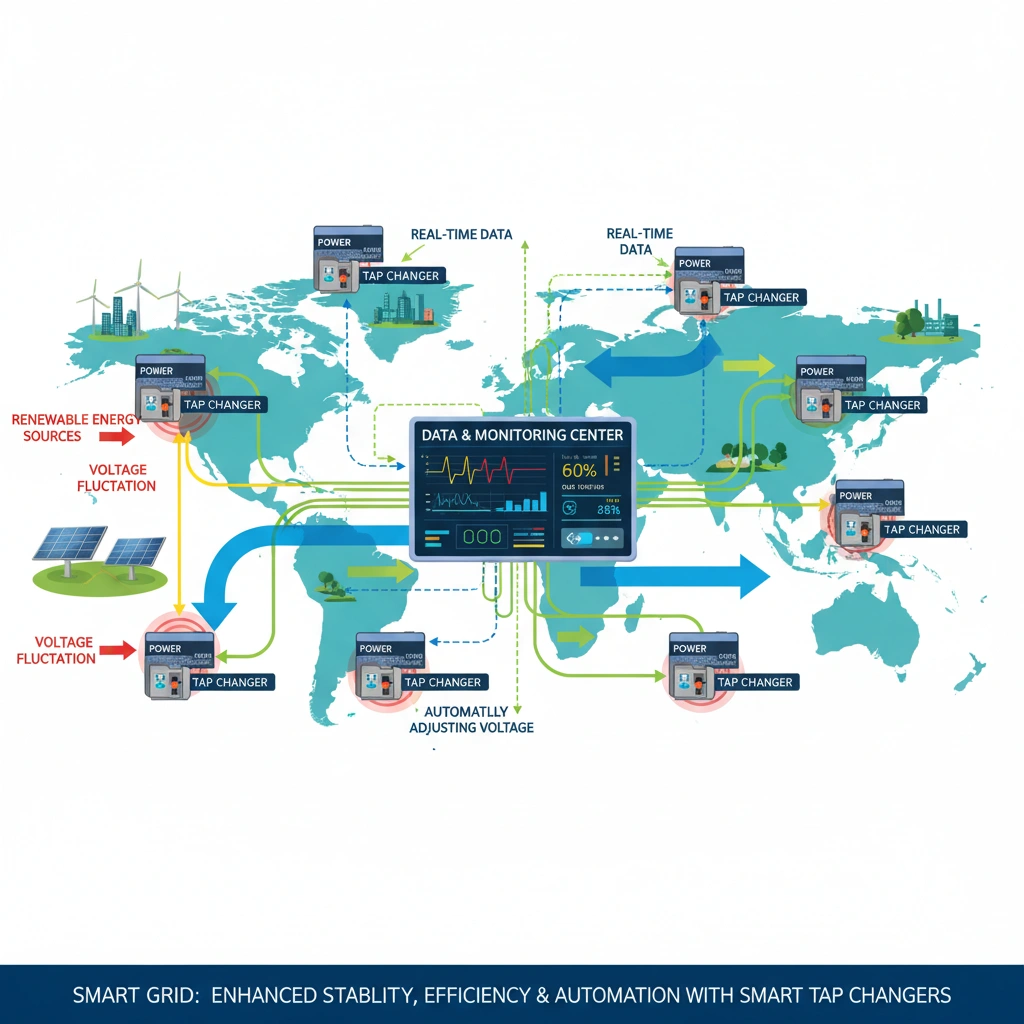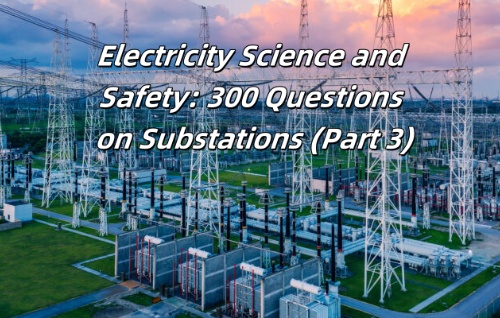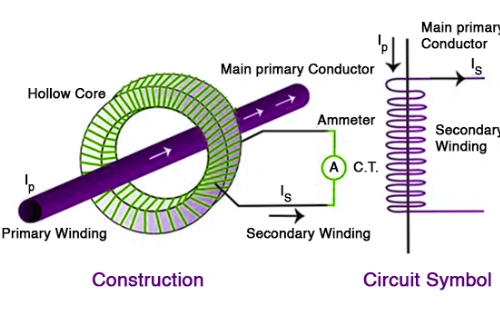The Future of Voltage Control: How Smart Tap Changers Are Revolutionizing Power Distribution
As the world continues to transition to smarter, more efficient electrical systems, voltage regulation remains a crucial aspect of power distribution. One of the key innovations driving this transformation is the smart tap changer. Tap changers have been a fundamental part of power transformers for decades, helping to regulate voltage levels and maintain system stability. However, with the rise of smart grids, IoT (Internet of Things) technology, and AI-driven solutions, smart tap changers are pushing the boundaries of what is possible in voltage control.
1. What is a Smart Tap Changer?
A smart tap changer is an advanced version of the traditional on-load tap changer (OLTC), which is used in power transformers to adjust voltage levels and maintain system stability under varying load conditions. Unlike conventional tap changers, which are mechanical and require manual or scheduled adjustments, smart tap changers use sensors, digital controls, and real-time monitoring to make dynamic voltage adjustments automatically.
Smart tap changers are designed to optimize voltage regulation in real-time, responding to fluctuations in grid demand and load variations. They can also provide detailed operational data, allowing for predictive maintenance and improving system reliability.

2. Working Principle of Smart Tap Changers
Tap changers in transformers operate by adjusting the winding taps in response to the voltage level in the electrical grid. This is achieved through a system of mechanical switches or digital controllers that modify the connection points between the transformer’s primary and secondary windings. The adjustment of these taps alters the voltage ratio between the primary and secondary sides of the transformer.
In a smart tap changer, the adjustment process is automated and can occur in real-time. The smart controller uses input from voltage sensors, current meters, and power flow data to make precise adjustments to the tap changer, ensuring that the output voltage remains within the desired range, regardless of fluctuations in the load.
This process is done on-load, meaning it occurs while the transformer is still in operation, ensuring a continuous power supply without any interruption.
3. Types of Tap Changers and Their Functions
There are several types of tap changers used in modern power transformers, with the on-load tap changer (OLTC) being the most common. Within the realm of smart tap changers, we have two primary types:
a. On-Load Tap Changers for Power Transformers (OLTC)
On-load tap changers are used to regulate the output voltage of transformers under load conditions. These tap changers allow for continuous operation without having to disconnect the transformer from the grid. They are typically used in high-voltage transmission systems and are essential for maintaining a stable voltage across long-distance power transmission networks.
Key Features:
- Automatic voltage regulation
- Real-time adjustment of taps based on load conditions
- Non-disruptive operation, with no downtime or service interruptions
- Smart sensors and digital controls for dynamic voltage control
b. Load Tap Changers
Load tap changers are similar to on-load tap changers, but they are specifically designed to handle larger loads and higher power capacities. These tap changers are typically found in transformers used for industrial or utility-scale power distribution. Their primary function is to adjust the voltage based on load variations and maintain system stability even under high demand.
Key Features:
- High capacity for large-scale operations
- Digital monitoring and control for precise voltage regulation
- Improved efficiency and reduced energy loss by dynamically adjusting taps
- Real-time data transmission for predictive maintenance
4. Advantages of Smart Tap Changers
The integration of smart tap changers into power systems offers numerous benefits that enhance the efficiency, reliability, and sustainability of electrical grids.
a. Enhanced Voltage Stability
One of the primary advantages of smart tap changers is their ability to maintain voltage stability in the grid. As load demand fluctuates, smart tap changers continuously monitor voltage levels and adjust the taps in real-time, ensuring the transformer output remains within the required voltage range. This helps prevent voltage drops and surges, which can damage equipment and disrupt service.
b. Predictive Maintenance
By collecting real-time data on transformer performance, smart tap changers enable predictive maintenance. This means that potential issues can be identified and addressed before they lead to failure, reducing downtime and maintenance costs. Sensors within the tap changer monitor factors such as temperature, load, and current, allowing operators to make informed decisions about when maintenance or adjustments are required.
c. Improved Efficiency and Reduced Losses
By automatically adjusting the voltage based on load conditions, smart tap changers help optimize energy usage, reduce transmission losses, and improve overall grid efficiency. This dynamic regulation helps to balance supply and demand more effectively, reducing energy waste and improving the performance of power distribution systems.
d. Integration with Smart Grids
Smart tap changers are essential components of smart grids, where real-time data and automated systems are used to optimize power distribution. By integrating these devices into smart grid systems, utilities can achieve better load management, reduce grid congestion, and improve overall grid reliability.
5. Applications of Smart Tap Changers
Smart tap changers are used in a wide range of applications, especially in areas where reliable voltage regulation is essential. Some common applications include:
a. Power Generation Plants
In power plants, smart tap changers help regulate the output voltage of transformers that step down high voltage to levels suitable for transmission or distribution. These devices ensure that the voltage remains stable, regardless of fluctuations in power generation or demand.
b. Industrial Facilities
In industrial settings, load tap changers ensure that heavy machinery and equipment receive stable voltage, preventing damage from voltage surges and improving operational efficiency.
c. Renewable Energy Systems
Smart tap changers are increasingly used in solar farms and wind energy systems to regulate the voltage and integrate renewable energy into the grid. Their ability to adjust to varying generation levels helps stabilize the grid and ensure efficient power delivery.
d. Urban Power Distribution
In urban areas, on-load tap changers help manage power distribution within the city. They adjust the voltage as needed, ensuring that buildings, businesses, and infrastructure receive a consistent power supply, regardless of fluctuations in demand.
Smart tap changers represent the future of voltage regulation in power distribution systems. By incorporating advanced sensors, real-time monitoring, and automated adjustments, these devices enhance the reliability, efficiency, and sustainability of electrical grids. As power demands grow and the need for smart grid technologies increases, smart tap changers will play an integral role in ensuring stable voltage control and optimal power distribution.
The continued development of smart tap changers will lead to more efficient and resilient power systems, paving the way for a more reliable and sustainable energy future.











